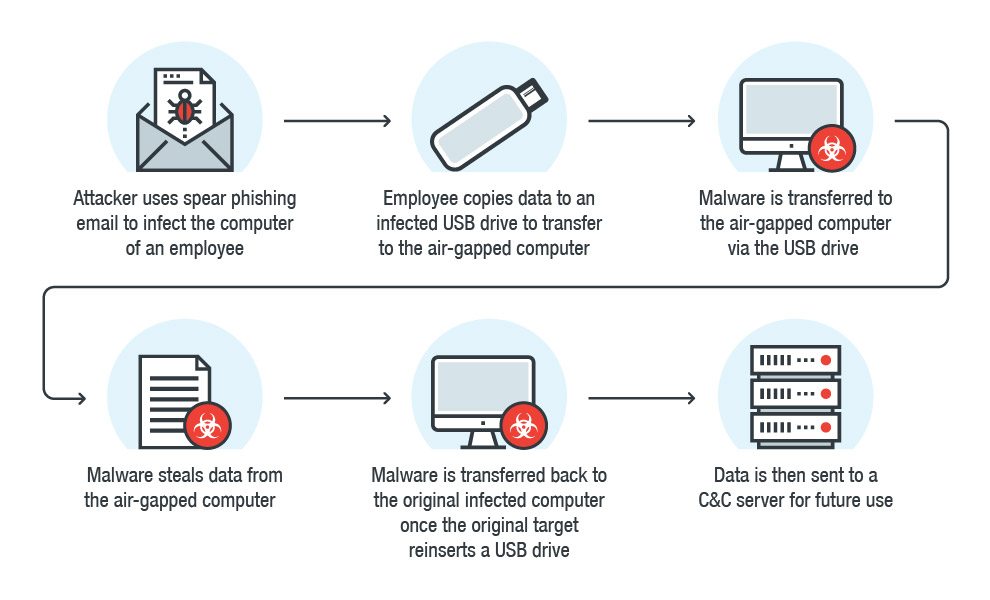Sometimes, the easiest solution is best. Even today, low tech is used to solve the most complex problems. Here are 3 good examples.
Most of us would probably agree that, if we lost our smartphones and our 5G Internet, we’d have to relearn old pre-tech skills. Yet, not everybody gave up those skills. In fact, someone even used a low tech solution to trick a computer into leaking data.
This isn’t the first time we’ve covered low tech that outperforms high tech. Take, for instance, the voltaic cell powered by stomach acid. Or, the low tech sponge that generates heat using sunlight.
After a recent power outage near me, I got to thinking. All the high tech gadgets and developed world comforts might not always be here.
So, how do a pigeon, magnets, and a chalkboard fit into low tech solutions?
3 Ways Low Tech is an Efficient High-tech Substitute:
1. Could a Carrier Pigeon Replace Broadband Internet?
The above image is from an April Fools’ post from 2015 by MOTA Marketing. It involves a post about launching a carrier pigeon program for hipsters. Joke’s on them: carrier pigeons might be faster than some data transference options.
Originally reported in 2009, an IT company located in Durban, South Africa conducted the test. Unlimited IT wanted to see if a carrier pigeon with a 4GB memory stick was faster than broadband internet.
The 11-month pigeon, Winston, flew 60 miles from one office to another. At that same time, Unlimited IT transmitted data via their ADSL service from Telkom.
Winston arrived in one hour and eight minutes while the ADSL service rested at 4% transference. Of course, Telkom said that this was due to the fact that Unlimited IT had not updated their service.
BBC News reported this, but broadband speeds must have changed over the years, no?
A 2017 report showcased the fastest and slowest broadband speeds in the UK.
Time for some quick maths.
Transferring 4GB in the Orkney Islands at 6.3 mgb/s would take around 634 minutes. That’s TEN and A HALF hours for 4GB of data. I’m not sure about you, but I’ll take Winston over that wait.
For reference to average broadband speeds, you can check out this Ookla speed test global index from February of this year. Unfortunately, South Africa doesn’t seem to be on the list.

2. AirGap Hacking With Light, Magnets, and Noise
You might be wondering just what an “air-gapped” computer is. “Air gapping” is a security measure for networks to isolate devices from unsecured networks. It usually involves physical separation or a figurative air gap.
Rather than focusing on getting into an air-gapped computer, Mordechai Guri wanted to escape one. In fact, he wanted to escape one with all of its secrets and data intact.
Guri works at the Ben Gurion University Cybersecurity Research Center in Israel. His work revolves around using low tech solutions to trick an offline computer. Using its own resources against it, Guri and his fellows can force data leaks to nearby devices.
You can find tutorial videos like the one above online.
They use noise from internal fans, blinking LED lights, air temperature patterns, and thermal sensors, and more. These methods means that hackers don’t need an exit strategy per se. They could use one of Guri’s methods and a malware infected smart device nearby.
But air-gapped computers have proven vulnerable in the past, too. In 2015, researchers used a cell phone to hack an air-gapped computer.
Nowadays, hackers have more options like heat, air displacement, lights, and magnets.
3. Ghanaian Educator Makes Low Tech MS Office
How often do you use MS Office or Google Docs in your life? Many of us would answer “Every single day including weekends”, but not everyone has that option.
Owura Kwadwo Hottish is an information and communications technology teacher in the country of Ghana. He teaches middle school but has no computers with which to teach. To get past this minor hurdle, his solution was to recreate Microsoft Word using a simple chalkboard.
You can see above that his recreation is pretty accurate. Hottish also teaches about computer components, folder creation, and simple computer operation procedures with the same method.


















Comments (0)
Most Recent